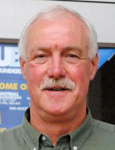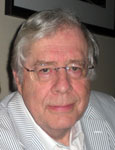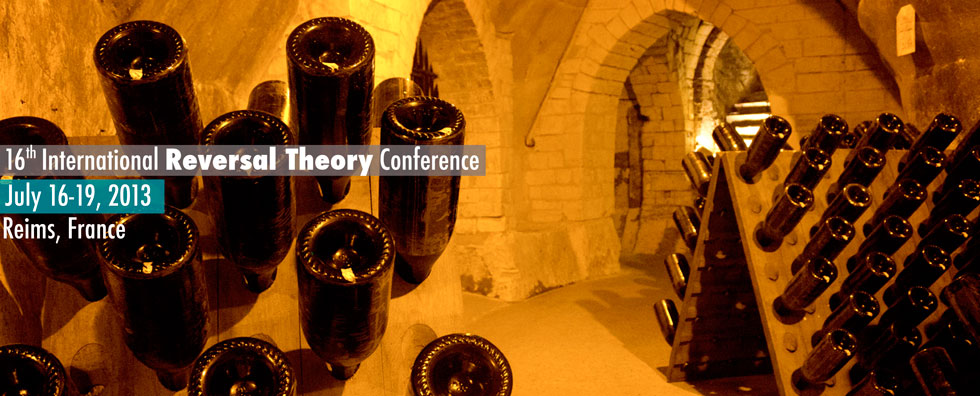Richard Mallows
Reversal Theory, The British Psychological Society and the Wider World
This paper will make links between Reversal Theory, the British Psychological Society (BPS) and the wider world. Since my first contact with Reversal Theory 22 years ago, I have been specifically interested in producing and thoroughly testing a questionnaire. This has facilitated Reversal Theory research and has formed the basis of further questionnaires. The theory, emphasising the dynamic nature of personality makes it infinitely useful in explaining a wide variety of phenomena. Reversal Theory addresses all aspects of our lives, facing up to the complexity of human beings frequently missed by other theories.
The BPS as the representative body for psychology and psychologists in the UK is responsible for the development, promotion and application of psychology for the public good. We are also involved with influencing and developing the profession. As Honorary Treasurer of the BPS for the last 5 years I have been closely involved with the internal workings of the society. When raising my head from dealing with the figures I have had the opportunity to look towards Europe.
As President of the BPS my remit will be wider.
Since 1901 the BPS membership has grown from ten to fifty thousand members. The steady growth and development over the last 111 years has been predominantly inwardly focussed. I would argue that this strategy is no longer appropriate for a global future.

Richard Mallows
President of The British Psychology Society, UK
John Kerr
Multiple motives in extreme, risk or adventure sports
There is considerable diversity between different adventure activities. Some are of relatively short duration (sky diving, downhill skiing, mountain biking), while others are of much longer duration and require considerable long-term planning and organization (e.g., mountain climbing and ocean rowing). In previous reversal theory-based quantitative research on the motivation of adventure sport participants, risk sports were often grouped together in a single category and compared with other non-risk sport activities. Thus, the possible idiosyncratic nature of the motivation involved in individual adventure sports was not considered. In addition, past research focused almost exclusively on the paratelic-oriented high arousal, excitement or thrill associated with these activities. The results of recent qualitative research suggest that motivation for participation in adventure sports is multifaceted and goes beyond excitement- or thrill-seeking behaviour to, for example include feelings of achievement and satisfaction through prolonged engagement against the natural elements and oneself. Reversal theory can, not only accommodate multiple motives for participation, but also can explain how these motives might change for individuals with changing circumstances during an activity, or over time as participants gain experience or age. In addition, it has also been shown that personal mastery and confidence are important influences on whether participants can face dangerous situations in adventure sports and still enjoy them through reversal theory's protective frame concept.

John Kerr
University of British Columbia, Canada
Michael Apter
Towards a theory of things: Reversal theory and design
The objects that we encounter on our daily journey through life play a key role in inducing, maintaining, satisfying or dissatisfying motivational states. In this way they provide meaning to us. Not only is this the case with natural objects, such as trees or snow flakes, it is also the case with man-made artifacts, particularly those designed to have an aesthetic component (buildings, clothes, cars, furniture, etc). But to the extent to which designers deliberately attempt to induce emotions, they typically overlook the fact that emotions arise only through motivations, each emotion representing a desirable or undesirable way of experiencing a particular motivation. Reversal theory has the potential to provide a framework for design by identifying ways in which ‘things’ (in the most general sense) induce motivational states. For example, things that enclose can provide protective frames which induce the paratelic state, and in turn this can lead to the possibility of excitement. (Examples of such physical protective frames are sports stadia, amphiteatres, and casinos.) Other objects, and aspects of objects (such as size and color), can induce other motivational states, as shown in the Eight Rooms technique. In this way, Reversal theory provides the potential for a systematic ‘theory of things’ that would help to guide designers in their work.

Michael J. Apter, Director
Apter Research, USA





